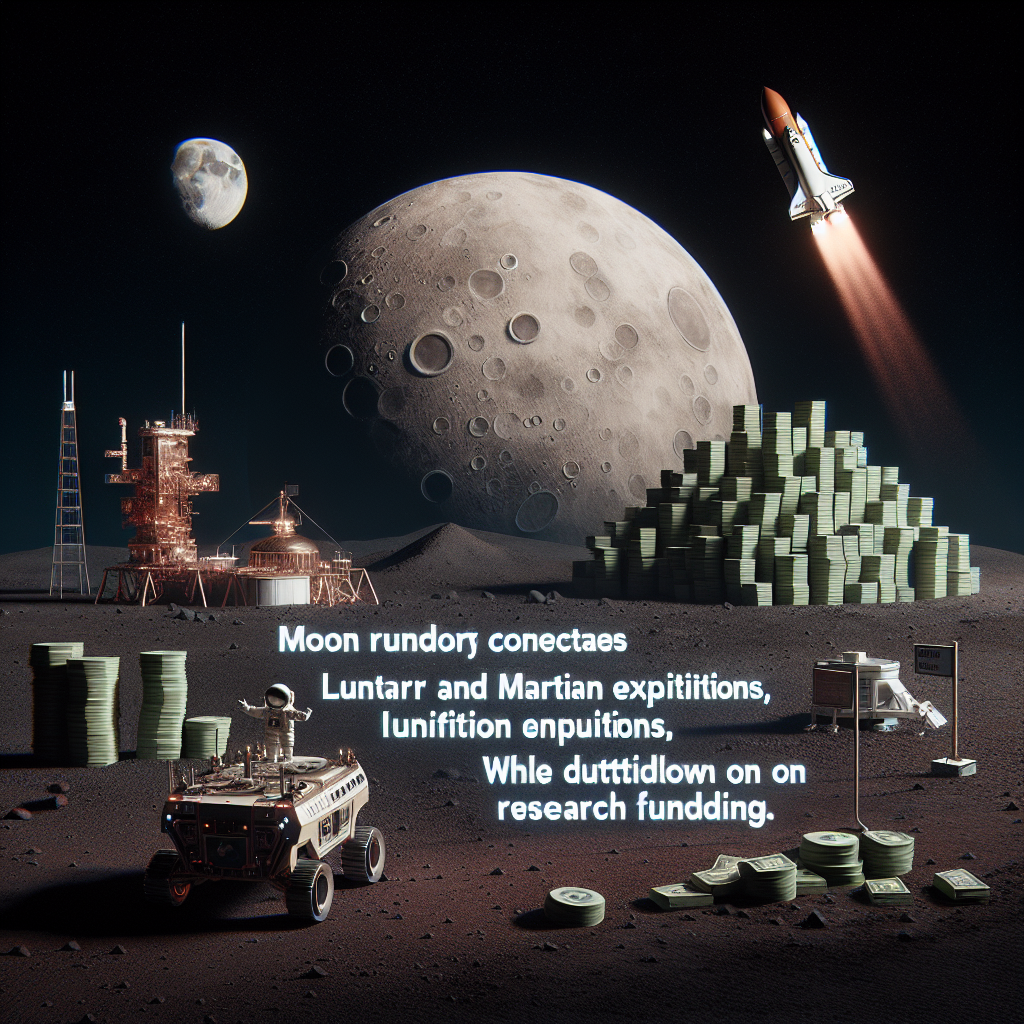Trump Administration’s NASA Budget Focuses on Moon and Mars Missions, Reduces Research Funding
Trump Administration’s NASA Budget: Prioritizing Moon and Mars Missions
Overview
The Trump administration has unveiled a new budget proposal for NASA, emphasizing ambitious lunar and Martian exploration goals. This strategic shift aims to propel the United States to the forefront of space exploration, focusing on human missions to the Moon and Mars.
Key Budget Allocations
- Moon Missions: Significant funding is allocated to the Artemis program, which aims to return humans to the Moon by the mid-2020s.
- Mars Exploration: Investment in technologies and missions that will pave the way for human exploration of Mars in the 2030s.
- Space Technology: Enhanced funding for developing cutting-edge technologies essential for deep space exploration.
Reduced Research Funding
While the budget prioritizes exploration, it comes at the expense of other areas:
- Earth Science: Funding for Earth science research, including climate studies, faces reductions.
- Education Programs: Some educational initiatives may see decreased support, impacting outreach and STEM engagement.
Implications and Reactions
The budget proposal has sparked a mix of enthusiasm and concern:
- Support for Exploration: Advocates of space exploration applaud the focus on ambitious missions that could inspire a new generation.
- Concerns Over Cuts: Critics argue that reducing research funding could hinder scientific progress and understanding of Earth’s climate.
Conclusion
The Trump administration’s NASA budget proposal marks a bold step towards reinvigorating American space exploration with a clear focus on the Moon and Mars. However, the shift in priorities raises questions about the balance between exploration and essential scientific research. As the proposal moves through the legislative process, its impact on NASA’s future and broader scientific endeavors will be closely watched.













